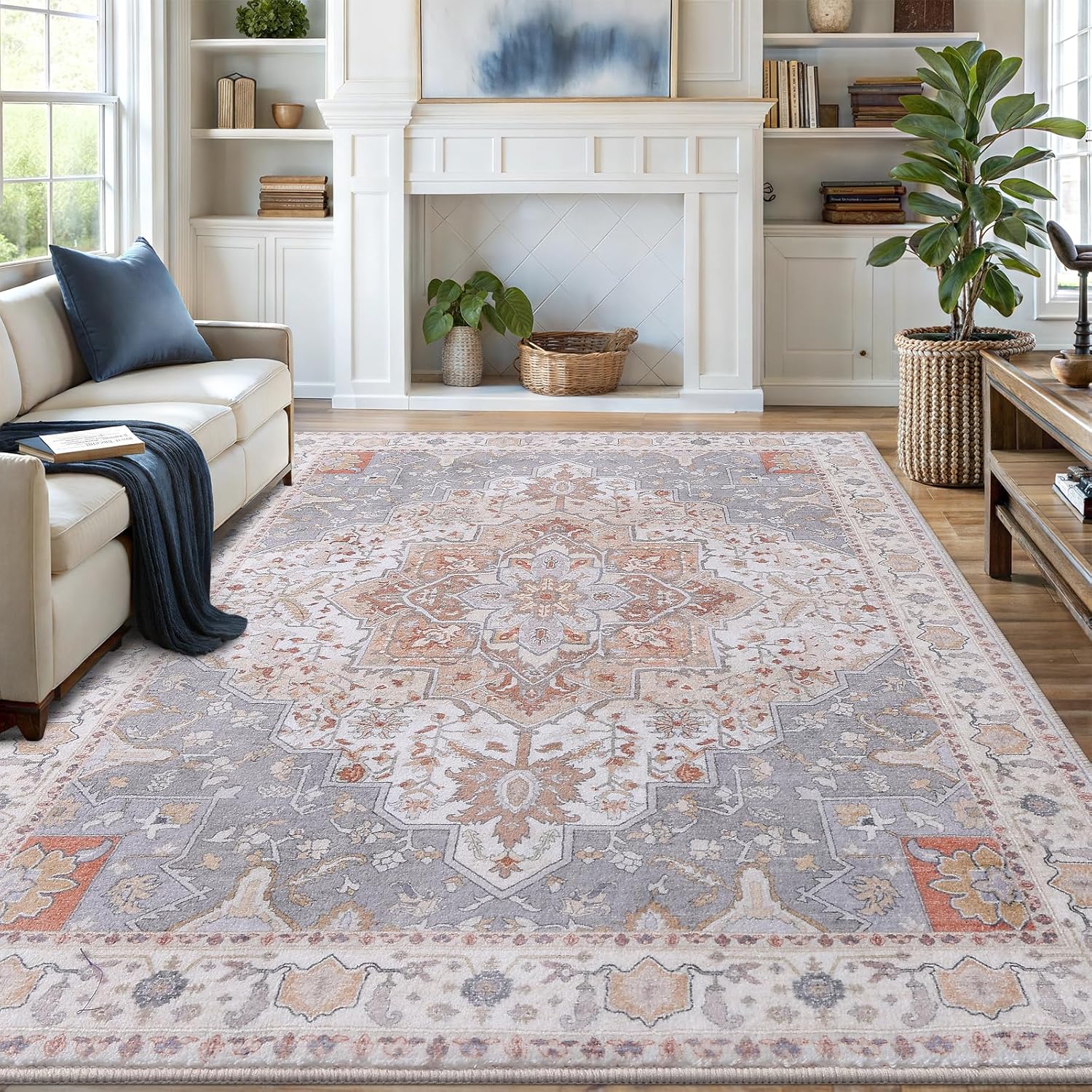Humidity control is essential in floor maintenance as it prevents moisture damage, warping, and mold growth, ensuring longevity and appearance.
Humidity control plays a crucial role in preserving all types of flooring, from hardwood to tile. Uncontrolled moisture levels can lead to warping, mold growth, and permanent damage. This guide explores practical strategies to protect your floors through proper humidity management.

How Humidity Affects Different Floor Types
All flooring materials react to moisture, but each responds differently:
Hardwood Floors
Wood naturally expands when absorbing moisture and contracts when dry. The National Wood Flooring Association recommends maintaining 30-50% humidity for optimal wood floor performance.
Laminate Flooring
While more resistant than hardwood, laminate can swell at the edges when exposed to excessive moisture. Use proper cleaning tools to prevent water damage.
Tile and Stone
High humidity can cause efflorescence (white salt deposits) on porous stone tiles. Grout lines are particularly vulnerable to mold growth in humid conditions.

Optimal Humidity Levels for Floor Protection
| Floor Type | Ideal Humidity Range | Temperature Range |
|---|---|---|
| Solid Hardwood | 30-50% | 60-80°F |
| Engineered Wood | 35-55% | 60-80°F |
| Laminate | 40-60% | 65-85°F |
| Tile/Stone | 40-70% | 50-90°F |
Practical Humidity Control Solutions
1. Use Dehumidifiers Strategically
Place dehumidifiers in problem areas like basements or rooms with poor ventilation. The EPA recommends keeping indoor humidity below 60% to prevent mold growth.
2. Maintain HVAC Systems
Regular HVAC maintenance ensures proper moisture removal. Change filters monthly during peak seasons.
3. Improve Air Circulation
Use ceiling fans and keep interior doors open to promote airflow. Consider a HEPA air purifier to reduce airborne moisture and allergens.
4. Seal Your Floors
Apply appropriate sealants:
- Polyurethane for hardwood
- Penetrating sealers for stone
- Water-based sealers for laminate
5. Monitor Humidity Levels
Digital hygrometers provide accurate readings. Place them in multiple rooms for comprehensive monitoring.
Seasonal Humidity Management
Summer Strategies
In humid months:
- Run air conditioning consistently
- Use exhaust fans when cooking/showering
- Place moisture absorbers in closets
Winter Solutions
In dry winter months:
- Use humidifiers to prevent wood shrinkage
- Place water basins near heat sources
- Limit fireplace use which dries indoor air
Signs of Humidity-Related Floor Damage
Watch for these warning signs:
- Cupping (edges higher than centers)
- Crowning (centers higher than edges)
- Gaps between boards
- Buckling or lifting
- Visible mold growth
Professional Solutions for Severe Cases
For significant humidity issues:

Vanmoos 6×9 Machine-Washable Area Rug — Artistic Flair / Beige
Low-pile, non-slip rug that minimizes pet hair collection and makes quick cleanup part of your routine.
Affiliate link — may earn a commission at no extra cost to you.
- Consult flooring manufacturers for specific recommendations
- Consider whole-house humidification systems
- Install vapor barriers in crawl spaces
- Use moisture-resistant underlayment for new installations
Cleaning Tips for Humid Environments
Proper cleaning prevents moisture problems:
- Use slightly damp mops rather than wet mops
- Clean spills immediately
- Use pH-neutral cleaners appropriate for your floor type
- Consider steam mops for tile (but avoid on wood)
By maintaining proper humidity levels and following these guidelines, you can significantly extend the life and beauty of your floors while creating a healthier indoor environment.
